In the sphere of botanics and environmental studies, the discourse on aquatic plants invariably includes the European Water Plantain. You will find your interest piqued as it unfolds the unique characteristics, growth patterns, and habitats of this peculiar aquatic plant. Explore the journey of this plant from its taxonomic classification to its relevance and value within the broader ecosystem. Cast aside all preconceived notions as you traverse the unseen world of the European Water Plantain, a compelling testament to the wonders of nature’s biodiversity.
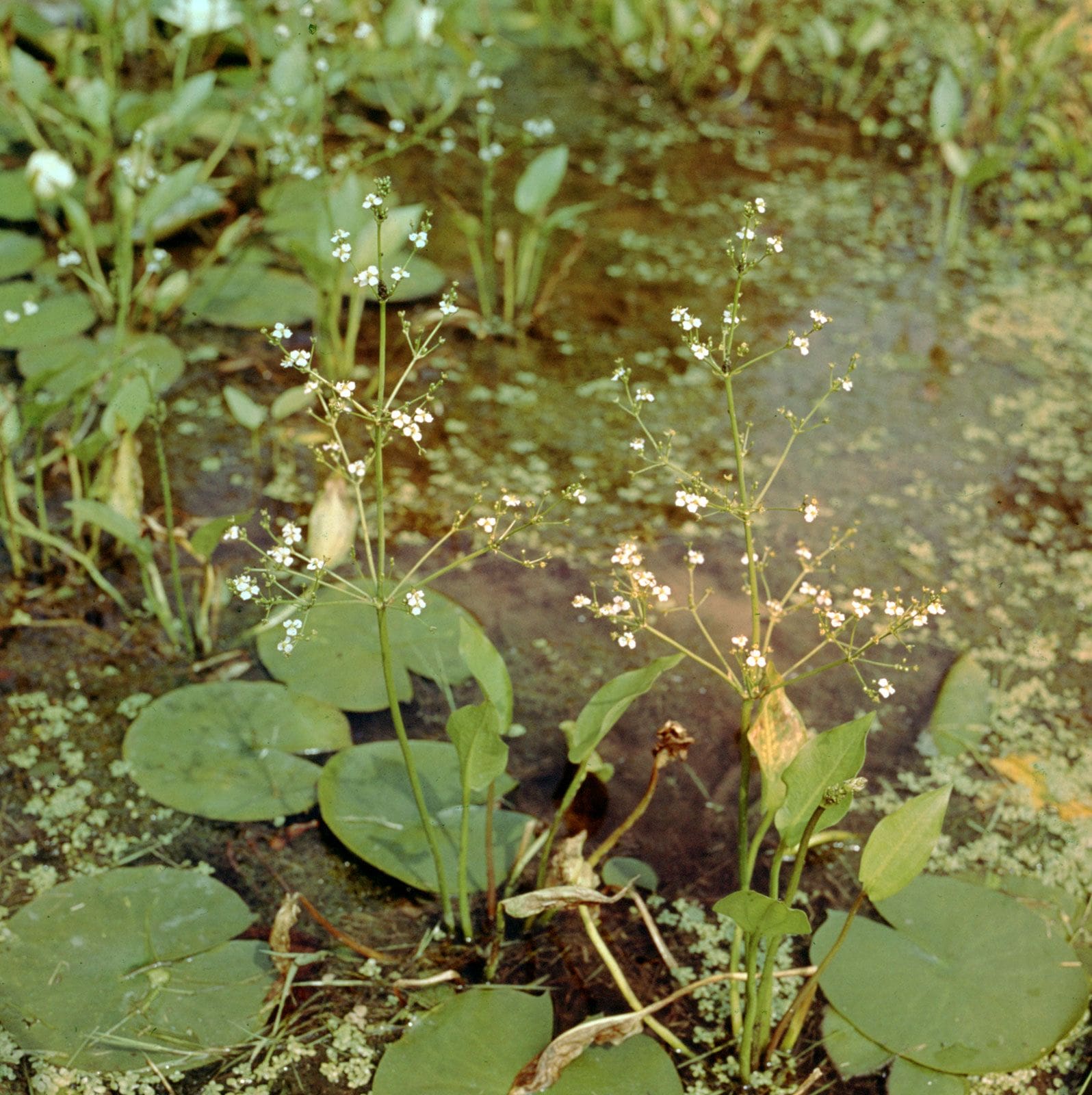
Definition of European Water Plantain
The European Water Plantain is a perennial aquatic plant known scientifically as Alisma plantago-aquatica. It is a unique and versatile plant that thrives in or near water bodies including streams, ponds, and even ditches. This plant serves multiple roles ranging from ecosystem stabilizer to medicinal applications.
Scientific classification of European water plantain
Belonging to the Alismataceae family, the European Water Plantain is scientifically named Alisma plantago-aquatica. Its genus ‘Alisma’ comes from Celtic for ‘water’, alluding to its aquatic nature. The species epithet ‘plantago-aquatica’ further emphasizes its water-bound preference, translating to ‘water plantain’.
General description of the plant
The European Water Plantain is characterized by its ribbed leaves and summer-blooming, small pale pink or white flowers. Mature plants exhibit a rosette growth form usually around 1 meter tall, with the leaves and flower stalks originating from a basal rosette. The leaves are lanceolate or spoon-shaped and veined, not unlike those of a true plantain.
Origins and distribution
Native to Europe, the plant has now spread globally barring the harshest of climates, exhibiting an almost cosmopolitan distribution. It was believed to be brought to other continents by European settlers, appreciated for both its intrinsic beauty and utility.
Habitat of European Water Plantain
The European Water Plantain prefers standing or slow-moving freshwater bodies, making its home in them or along their margins.
Nature of its habitat
This plant can be found in marshes, ponds, ditches, and slow-flowing streams. It also flourishes in shallow, temporary water bodies. It can endure low nutrient environments and can be found even in acidic waters.
Specific locations where it thrives
The plant is perfectly adapted to both cold and warm temperate regions, found prolifically in Europe, Asia, North America, and Australia. In North America, it is spotted from Newfoundland west to Alaska and south to California, New Mexico, and Florida.
Adaptations to its habitat
The European Water Plantain, built for an aquatic lifestyle, has adapted elongated leaves that can thrive both submerged and above water. Its seeds are also hardy, able to endure the winter season underwater only to sprout in spring when conditions favor.
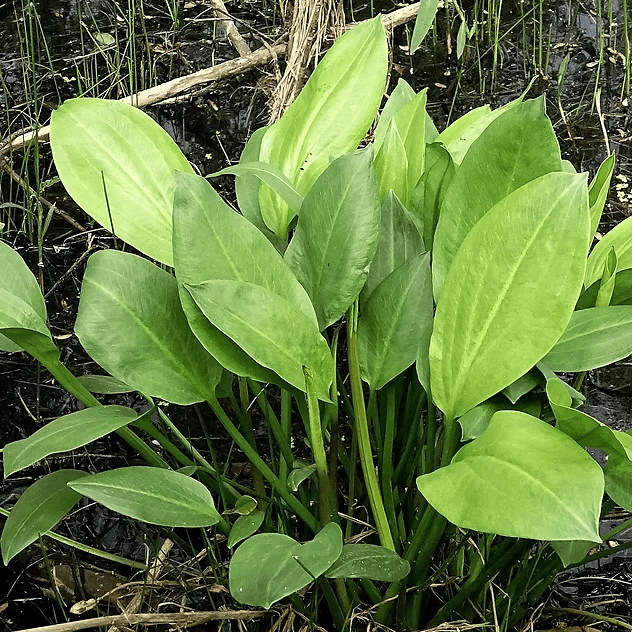
Growth and Propagation
Observing the growth and propagation of the European Water Plantain provides insight into its lifecycle and requirements for growth.
Growth cycle and pattern
The European Water Plantain follows a perennial lifecycle, growing each spring from rhizomes and seeds then dying back during winter. Its growth pattern is marked by tall, erect stems rising from the basal rosette, each stem ending in an umbel of white to pale pink flowers.
Propagation methods
Reproduction occurs both through seeds and rhizomes. The plant produces fruits containing numerous small, disc-shaped seeds that are dispersed by water. Moreover, growth can initiate from rhizomes, a form of vegetative propagation.
Requirements for optimal growth
Although able to adapt to a range of conditions, the plant prefers shallow, stagnant or slow-moving water with a muddy or silty substrate. They also require a good amount of sunlight for optimal growth.
Appearance of the European Water Plantain
The physical appearance of the European Water Plantain is an important identifier, setting it apart from other aquatic plants.
Description of its leaves
The leaves are broadly egg-shaped to lance-shaped, 15-20 cm across, with rounded or slightly cordate, undulating margins. They can be green or brown, and when submerged, are transparent and ribbon-like.
Characteristics of its flowers
The flowers are small, triangular, and white or pale pink, with three green sepals and three petals. Each umbel, arising from an erect stem, carries numerous such flowers opening midway through the summer.
Shape and color of its fruits
The European Water Plantain produces small, oval fruits, green when immature turning to brown at maturity. Each fruit contains multiple flat, disc-shaped seeds.
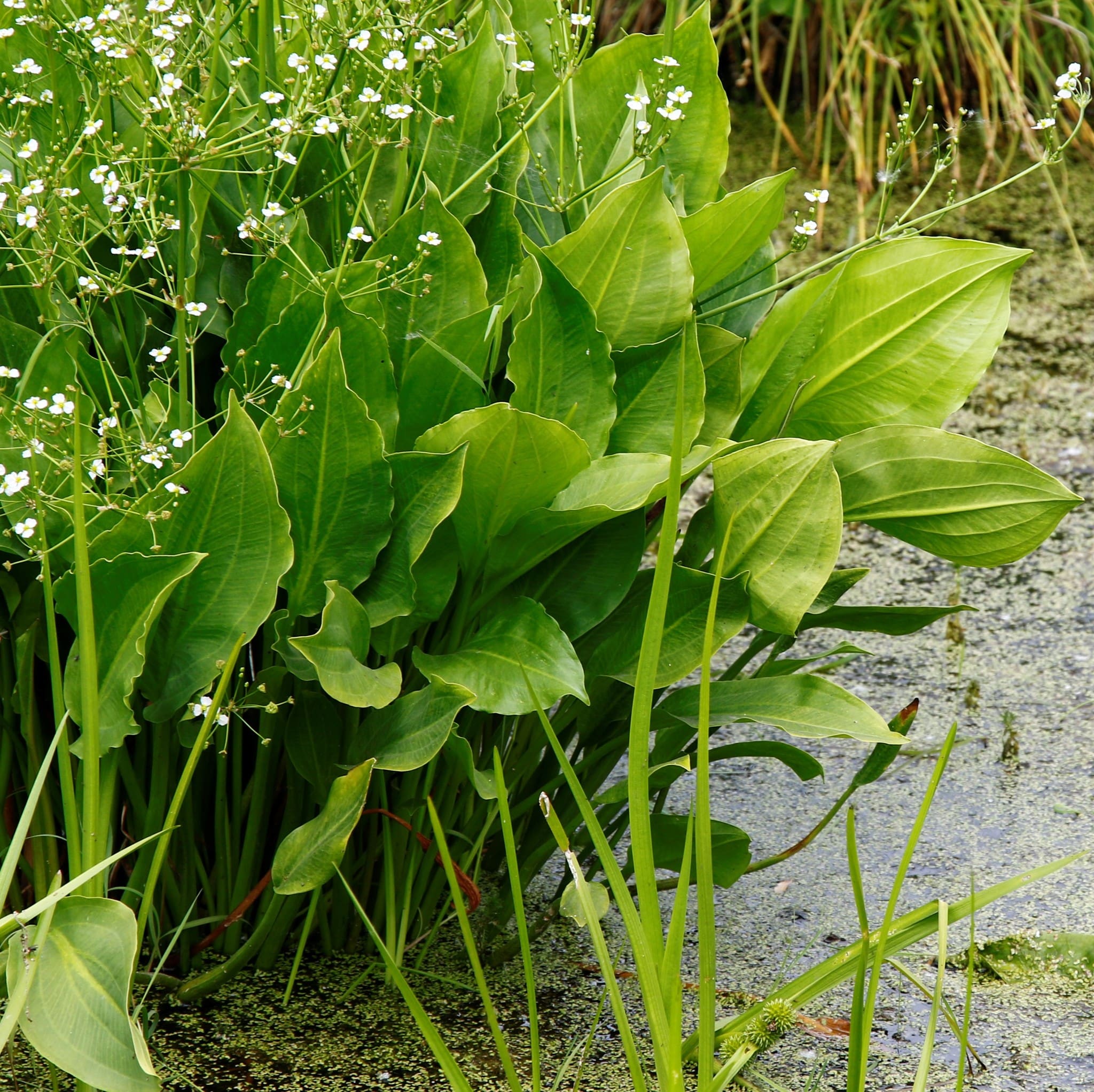
Role in the Ecosystem
The European Water Plantain plays a significant ecological role due to its robustness and ubiquity across freshwater habitats.
Part it plays in the aquatic biome
The species contributes to water purification and nutrient cycling in the aquatic ecosystem. It provides a key habitat for numerous small aquatic organisms, while also serving as food for grazing waterfowl.
Influence on other species
The European Water Plantain, with its extensive root system, helps in creating a stable environment for other plants and small organisms to flourish. It also serves as a food source for multiple animal species.
Protection against or regeneration of erosion
Being a riparian plant, it aids in the stabilization of riverbanks and shorelines, preventing erosion. Additionally, it helps in sedimentation and rebuilding eroded environments.
Uses and Applications
The European Water Plantain has diverse uses, displaying its value in fields as removed as traditional medicine and culinary arts.
Applications in medicine
Its medicinal properties have a long and rich history, used in treating a variety of health issues including kidney stones, urinary disorders, and colds.
Use in culinary
The tuberous roots are eaten in some cultures after adequate preparation. Though not a staple, it adds a unique touch to regional gastronomy.
Other possible uses
The plant can also serve decorative or ornamental purposes, beautifying gardens, ponds, and aquariums.
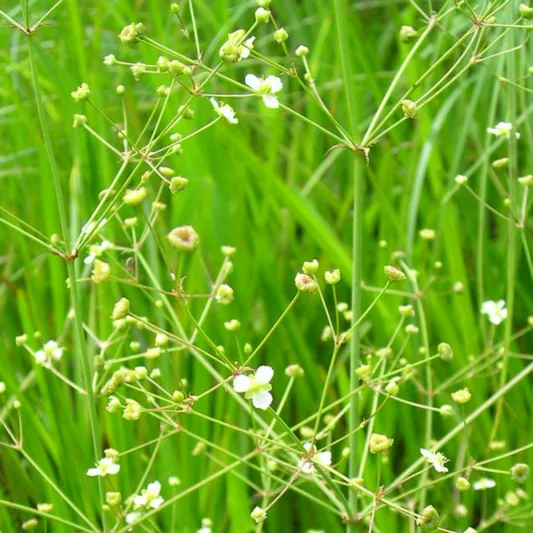
Threats to the European Water Plantain
Despite its adaptability, the plant now faces threats from pollution, climate change, and invasive species.
Potential dangers from pollution
Water pollution and eutrophication may adversely affect the plant through habitat loss and degradation. Especially, chemical pollutants can directly interfere with its growth and reproduction.
Impact of climate change on its survival
Climate change, bringing anomalous weather and water regime alterations, may impact its distribution and thriving.
Threats from invasive species
Invasive species, particularly other aggressive aquatic plants, may outcompete the European Water Plantain for space, light, and nutrients, thus threatening its survival.
Conservation Status
Despite the threats, the overall conservation status of the European Water Plantain remains one of least concern as per the IUCN.
Current conservation status
It remains widespread and common across most of its range. However, in some regions, particularly where pollution is high or invasive species prevail, its population has seen declines.
Measures taken to conserve the plant
Regional protective measures include controlling pollution, managing invasive species, and encouraging the growth of native plants in vulnerable habitats.
Future prospects for its survival
Its robust nature and adaptive capabilities bode well for its continued survival, though continuous monitoring and conservation efforts are still needed.
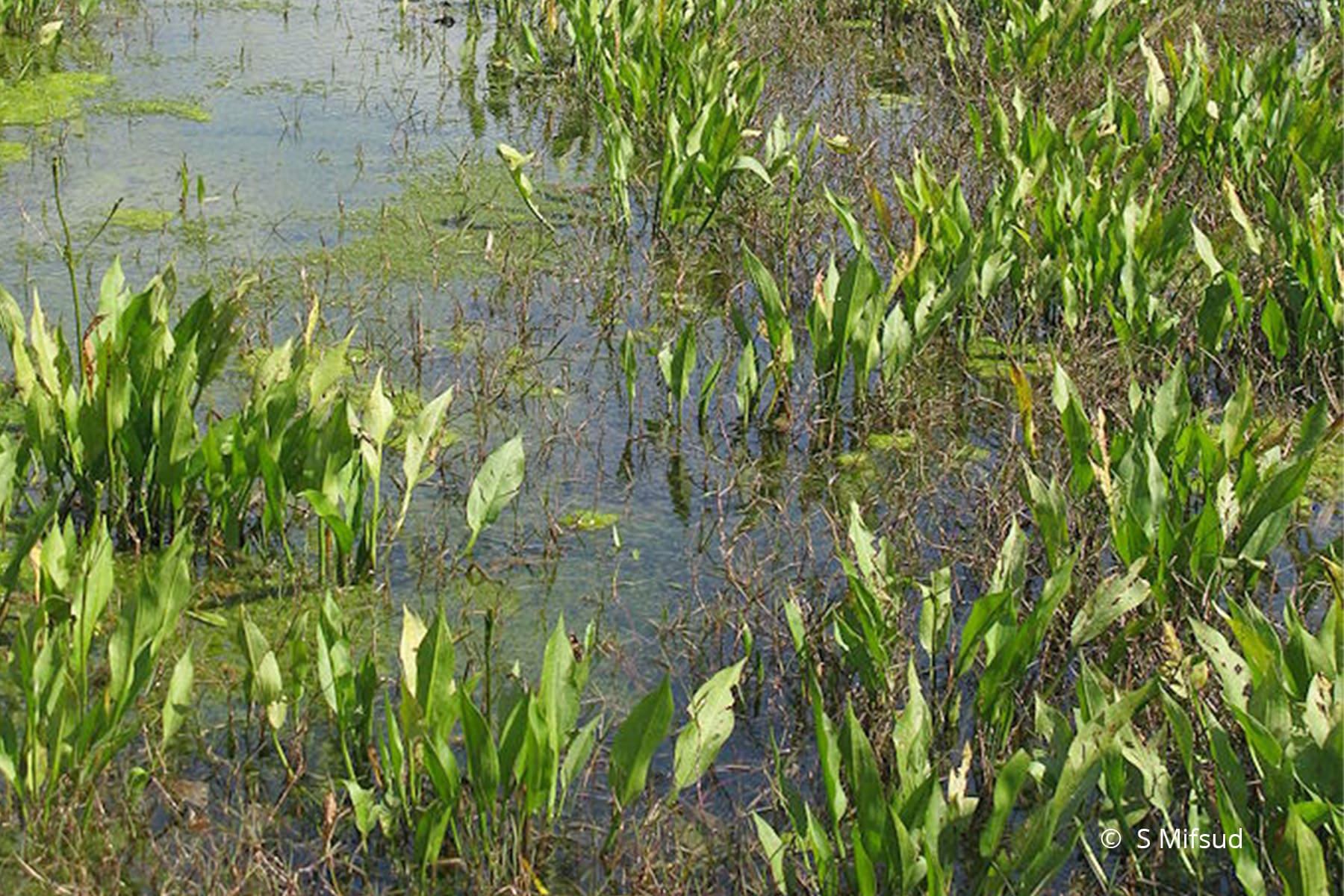
Study and Research
The European Water Plantain continues to be an important subject of study and research, revealing much about aquatic ecosystems and human healthcare.
Research done on the plant
Research has been done on its medicinal properties, ecology, as well as taxonomy. Experimental and observational studies have been conducted to understand its adaptability and growth features.
Findings and their implications
The research underscores its potential medicinal value, environmental resilience, and ecological role. These findings have implications for herbal medicine, ecosystem conservation, and climate change studies.
Areas requiring further study
More studies are needed to understand the impacts of climate change and pollution on the plant and to explore its uncatalogued medicinal values.
Interesting Facts
A few factors contribute to the intrigue surrounding the European Water Plantain.
Rare or unique traits
Its unusually adaptive growing conditions and perennial growth pattern make the plant unique. It can remain dormant beneath frozen water surfaces during winter months, to only regrow in the next spring.
Historical facts
Despite its water-logged growing conditions, the plant was originally named ‘plantago’, a term used by the Romans to describe plants with foot-like leaves – a nod to the resemblance of its leaves with those of the plantain.
Potential discoveries
It holds potential for new discoveries, particularly in the area of traditional medicine. As studies continue to unravel its innate properties, there lies scope for unearthing newer dimensions to the humble European Water Plantain.